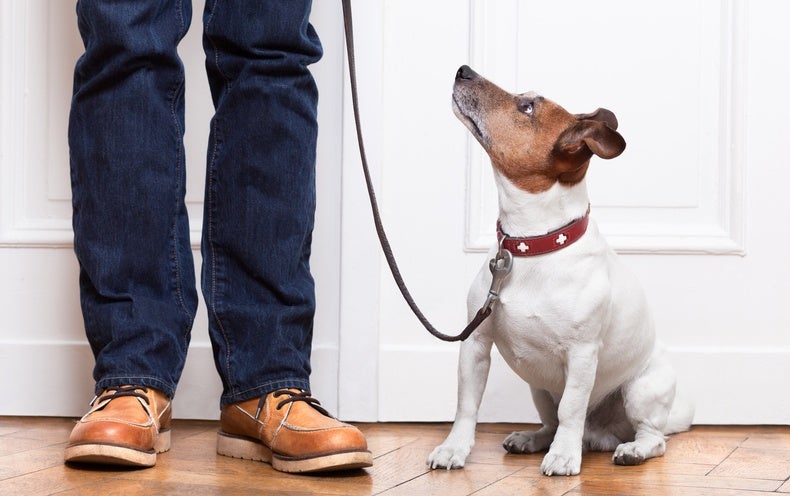
Wolves Raised by Humans Can’t Understand People like Dogs Can
You and your dog no doubt have a special bond. But it’s deeper than all those scraps from the table or trips to the dog park. Something far in the shared evolutionary past of dogs and humans has linked the two species, making our canine companions especially good at understanding when we want to help or communicate with them. Point in the direction of wayward kibble on the kitchen floor, and your dog likely will follow your guidance to gobble it up. That is a skill that not even our closest relative in the animal kingdom can match.
“Chimpanzees can run circles around dogs on so many things,” says Brian Hare, who studies the evolution of cognition at Duke University. “But they’re not particularly good at understanding cooperative communicative gestures.” Hare and his colleagues are interested in the so-called domestication hypothesis: the idea that in dogs, the ability to comprehend human gestures is an evolved inherent trait rather than something learned by individual animals as they mature. Previous studies had shown conflicting results regarding whether both dog and wolf puppies are instinctively able to read human gestures. So Hare’s team put a group of young dogs against their wild cousins to test the question out.
The dog pups, all Labrador or golden retrievers or mixtures of the two breeds, were service-dogs-in-training, and the majority were raised by the nonprofit organization Canine Companions for Independence. Like any other young puppies, they engaged in sporadic human interaction throughout the day, and they were still under the tutelage of their canine mom. The young wolves, on the other hand, had been separated from their mother 10 or 11 days after they were born, and they were around human handlers 24/7—someone even slept with them at night. Only a generation or two removed from wild wolves, they lived at the Wildlife Science Center, a sanctuary and research resource located in Stacy, Minn. The team tested the wolves’ genetic ancestry to make sure they were gray wolves and not wolf-dog hybrids, says Duke University researcher Hannah Salomons, the study’s first author.
























